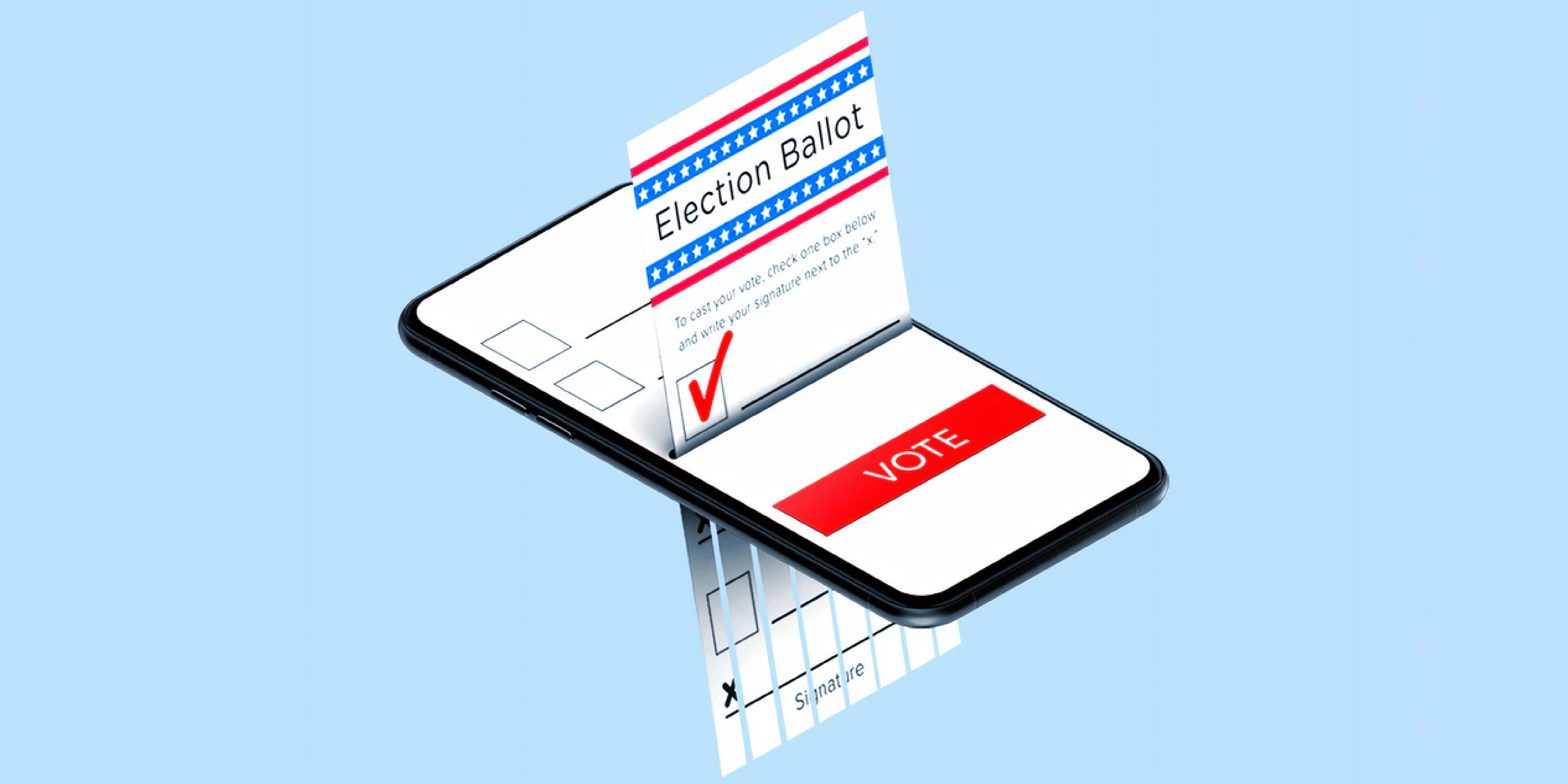Blockchain Voting: Expectations vs Reality
As the excitement of the 2020 United States Presidential Election is beginning to wane, the conversations about election integrity and the timeframe of declaring a winner of elections are likely to fade as well. That is, until the next election rolls around and we’re right back where we started. We think that’s a mistake. Recently, there has been an increased interest in the role blockchain could potentially play in the future of voting. Let’s take a look at what blockchain voting is, how it could work, and ponder what issues there still may be.
Before we get into the innovations of blockchain voting, we should first look at the perceived problems with traditional voting. Most elections require voters to physically go to a polling station and cast their vote with a paper ballot. In more developed economies, this process is trustworthy, but in developing countries, instances of booth rigging are far more common.
Another problem is voter turnout. In the 2016 United States elections, for example, only 56% of the voting-age population (VAP) participated. This placed the US at 26th out of 32 countries in the Organization for Economic Cooperation and Development (OECD).
So, those are two problems blockchain voting could provide a solution to. But how? Blockchain voting can potentially provide immutability, transparency, anonymity, and improve processing time.
Security and privacy are two key aspects for the integrity of the election and the trust people put into it. The more nodes (or users) on the blockchain, the more difficult it is to hack the system: this can help affirm our trust in the election.
A blockchain voting application like Voatz or Votem can offer transparency in validating the accuracy of the votes. In a blockchain-based voting system, the entries (votes) are time-stamped, encrypted, and secured with unique private keys.

Compared to traditional voting methods, blockchain voting can improve processing time and transparency.
In a normal blockchain, since the nodes are distributed randomly, there is no need to be dependent upon a centralized authority to secure the system (hence blockchain’s decentralized quality). Now, because voting does have an element of geography involved, the distribution of nodes cannot be truly random. There is, however, potential to add layers of anonymity that a peer-to-peer network may employ to further improve the system’s security.
When it comes to turn-around time, it’s worth knowing that having the election result ready on the same day is a monumental effort requiring precision organization and coordination on the part of election officials. For the people who count the votes, it is a thankless, time-consuming task. When backed by blockchain, vote tallying can be rapid process. The Ethereum network, for example, is one of the faster networks.
So, what are some of the possible shortfalls of blockchain voting? Well, blockchain tech is certainly effective for cryptocurrencies, but its effectiveness for election systems is still debated. With increasing focus on making participation in the democratic process easier for the masses, there is concern that a move to blockchain voting would necessitate the introduction of a piece of potentially unfamiliar software onto a piece of hardware which everyone may not have access to.
There are those who feel strongly that blockchain voting is the future of democracy. At this point, it’s hard to say, but we do know that there is a valid path towards that. In fact, just a couple of weeks before the tightly-contested 2020 General Election, one organization under the microscope managed to do something most of us missed: the United States Postal Service filed a patent to integrate blockchain into voting. In their model, the registered voter would receive a QR code in the mail and cast their vote via the webpage. The voter identification and the vote itself are separated to preserve anonymity, and the vote is stored on the blockchain. And while in 2020, a Utah man did cast the first blockchain vote, although whether this solution will become the norm on Election Day is yet to be seen.